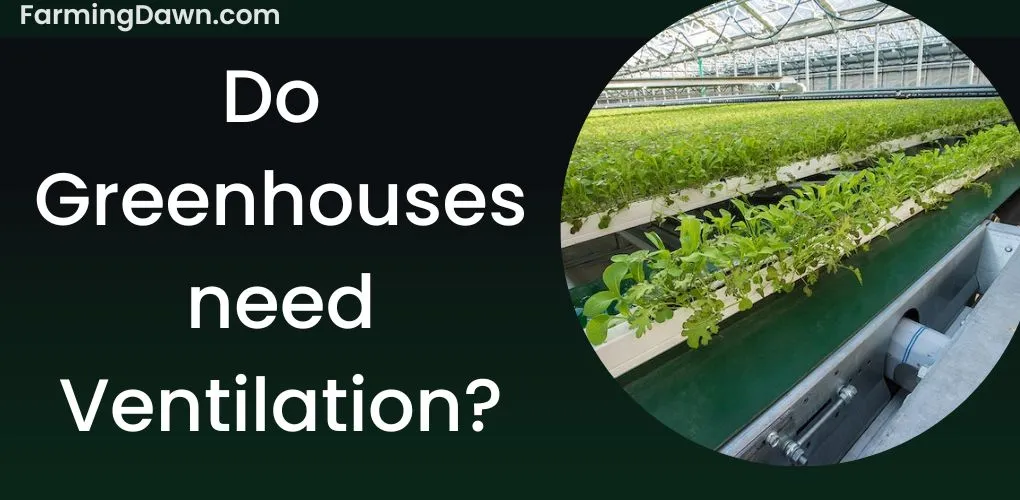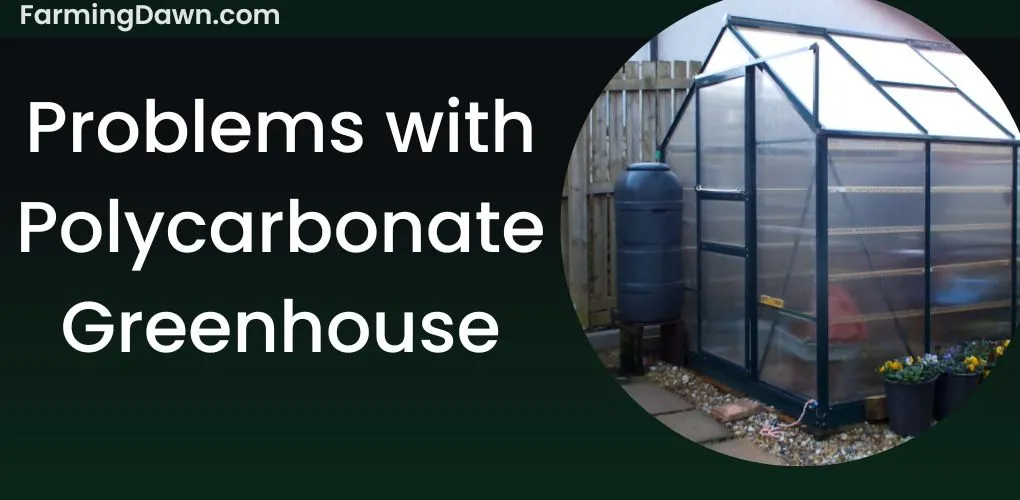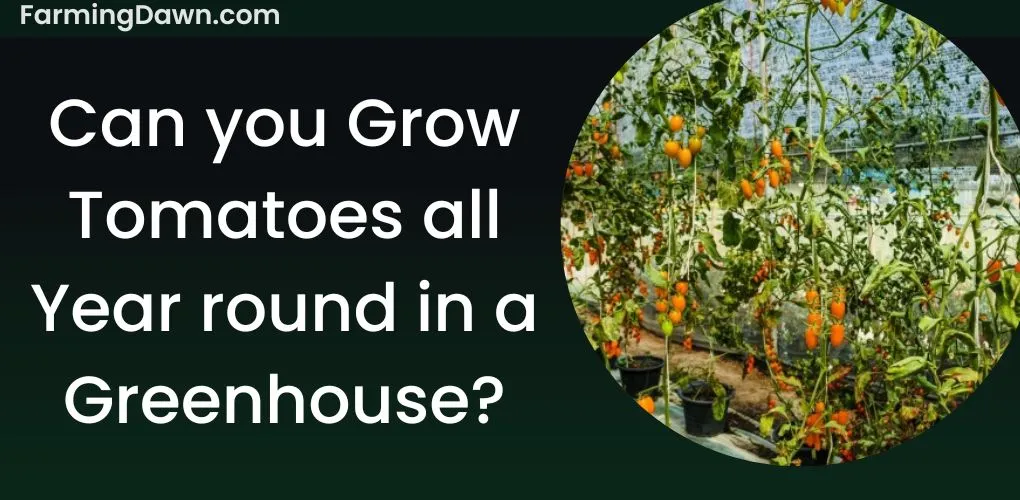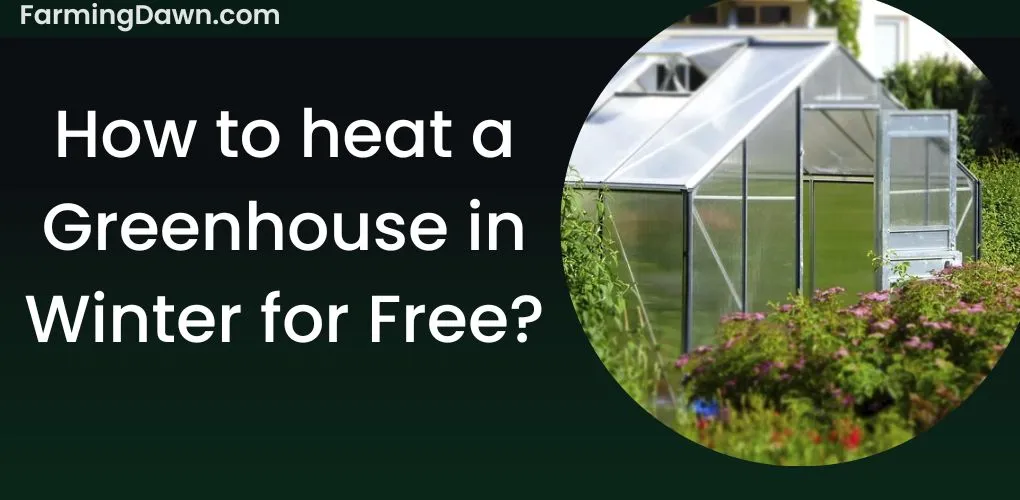As more and more people turn to gardening and sustainable living, greenhouse setups are becoming increasingly popular. But do greenhouses need ventilation? Today I will be discussing the ins and outs of greenhouse ventilation, the importance of greenhouse ventilation, types of greenhouse ventilation, factors that affect ventilation, methods of ventilation, and maintenance tips.
Why do greenhouses need ventilation?
In a nutshell, ventilation is the movement of air inside your greenhouse. By bringing fresh air in and pushing stale air out, you create an environment that is more conducive to plant growth.
This is because plants need a consistent supply of carbon dioxide, which they use for the process of photosynthesis and absorb through their leaves. Your greenhouse’s carbon dioxide levels can quickly drop off without enough ventilation, which can have a negative impact on plant development.
But, the benefits of adequate ventilation don’t end there. You can regulate the moisture as well as the temperature in your greenhouse by allowing fresh air to move inside.
This is particularly crucial in the summer when greenhouse temperatures can reach deadly heights. With the help of adequate ventilation, your plants can avoid heat stress and remain healthy and productive all year round
On the other hand, poor ventilation can negatively impact your greenhouse and your plants. Without sufficient airflow, moisture can accumulate on your greenhouse’s walls and ceiling, which can foster the growth of mold and mildew.
In addition to harming your plants, this could also make it dangerous for you to work in. Moreover, inadequate ventilation can lead to the buildup of dangerous chemicals like ethylene, which can injure your plants and lower their output.
Types of Greenhouse Ventilation
Natural Ventilation System
Natural ventilation involves using natural air currents to circulate air within the greenhouse. The usage of vents, doors, and windows can accomplish this.
Why do you need ventilation in a greenhouses using natural methods? Because natural ventilation has the advantages of being affordable and simple to maintain. However, it is not always dependable, as it relies on the weather and outside temperature. Moreover, it may result in an uneven distribution of temperatures inside the greenhouse.
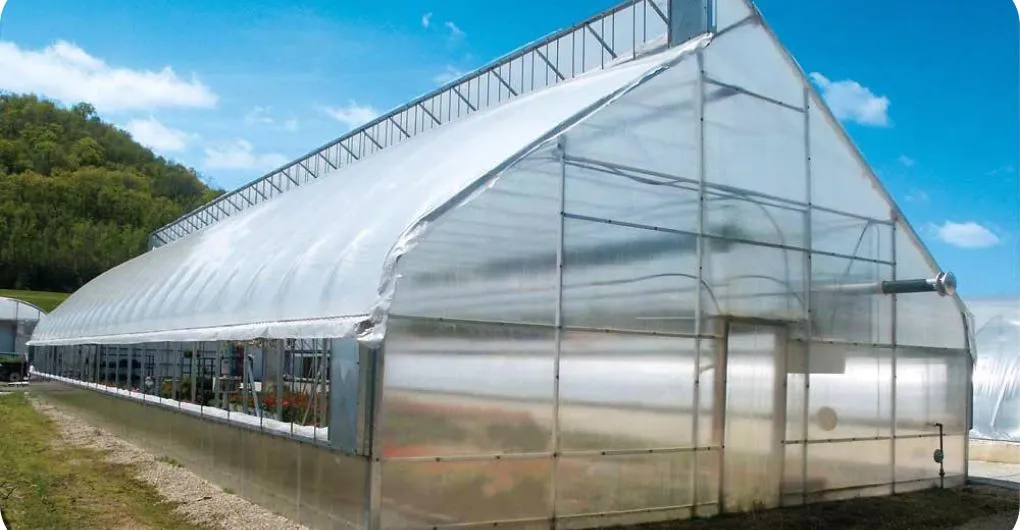
Mechanical ventilation System
On the other hand, mechanical ventilation circulates air inside the greenhouse using tools like fans and blowers. Compared to natural ventilation, this method of ventilation is more dependable and effective. It enables more precise control of the greenhouse’s temperature, humidity, and air quality. It costs more money, though, and needs constant upkeep.
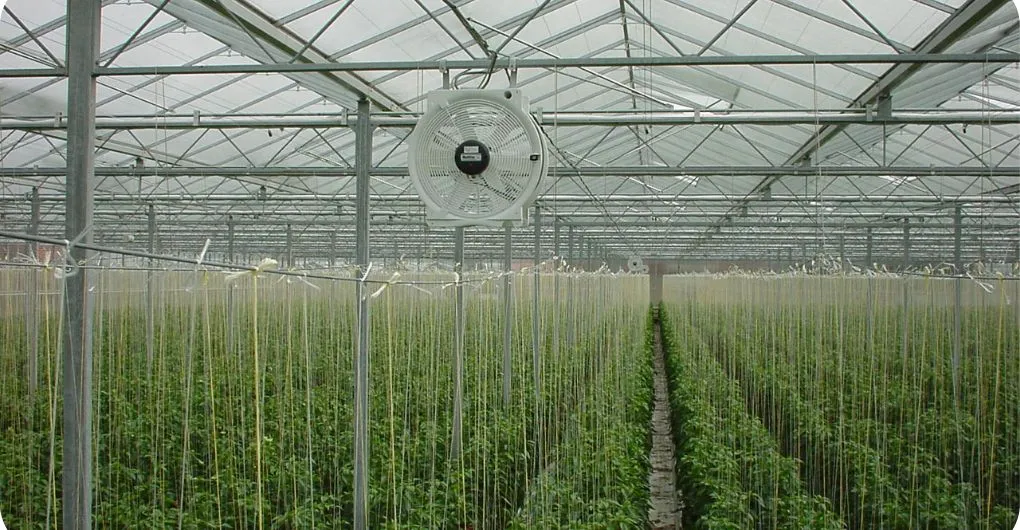
Combination of natural and mechanical ventilation
Combining mechanical and natural ventilation can maximize the benefits of each while minimizing the drawbacks. Automated systems are used to monitor the temperature and humidity levels within the greenhouse and change the ventilation as necessary. Although this kind of ventilation is the most effective and efficient, it also costs the most to install and outfit.
It’s crucial to take your budget, the size of your greenhouse, and the kinds of plants you’ll be cultivating into consideration when deciding on the ventilation system for your greenhouse. Smaller greenhouses and plants tolerant to temperature fluctuations may benefit from natural ventilation.
Mechanical ventilation is required for larger greenhouses and more delicate plants. For optimum development and yield, a combination of the two may be the best choice.
Methods of Greenhouse ventilation
Greenhouse Roof Vents
One of the most popular greenhouse ventilation methods is the installation of roof vents. These vents are located at the top of the greenhouse and may be opened and closed to allow air to circulate. Roof vents provide the benefit of allowing hot air from the greenhouse’s roof to escape, which helps regulate humidity and temperature. Roof vents also provide natural light into the greenhouse, which provides your plants with a healthier environment.
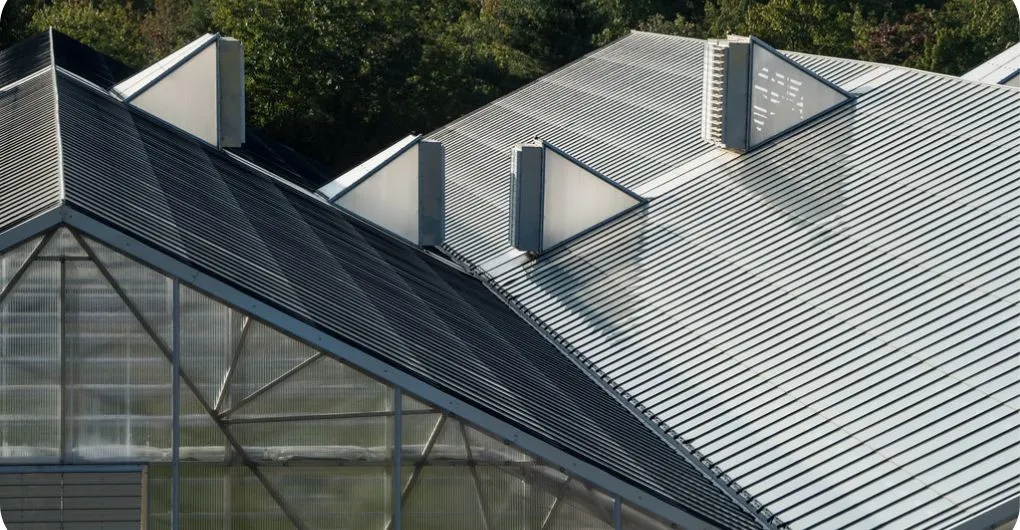
Greenhouse Side Vents
Another effective method for ventilating greenhouses is to install side vents. Side vents are frequently constructed on the sides of the greenhouse and are designed to open and close to allow air to circulate. The advantage of side vents is that they provide a consistent flow of fresh air, avoiding the buildup of dangerous gases and moisture.
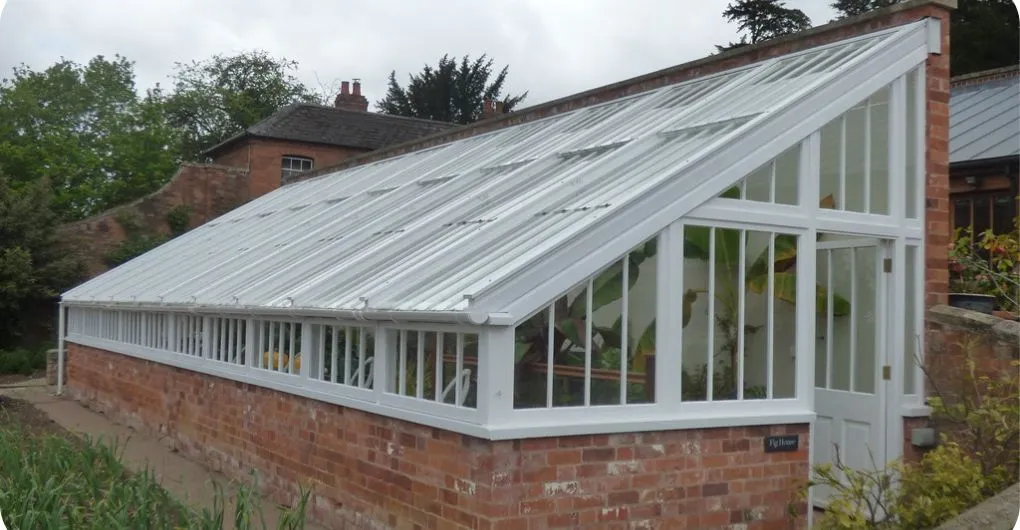
Greenhouse Exhaust Fans
Exhaust fans are typically mounted on the top or the side of the building and are used to vent hot, humid air from greenhouses. Exhaust fans have the advantage of continuously circulating fresh air, which prevents the buildup of dangerous gases and moisture. In addition to exhaust fans, other ventilation strategies can also be used to improve ventilation efficiency.
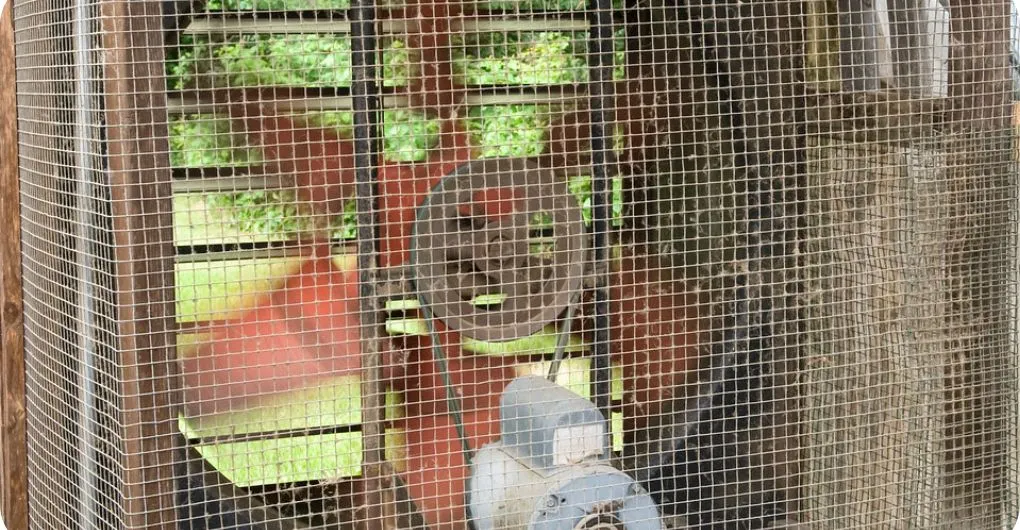
Greenhouse Intake Fans
Intake fans are by far my preferred greenhouse ventilation method. These fans, which are meant to bring fresh air into the greenhouse, are often mounted on the side of the structure opposite the exhaust fans. Intake fans have the advantage of providing a constant supply of fresh air, helping to stop the buildup of dangerous gases and humidity.
Automatic Ventilation Systems for Greenhouse
Automated ventilation systems are much-needed structures for almost every greenhouse because of their unique characteristics and benefits. These systems automatically regulate the greenhouse’s temperature and humidity by adjusting the ventilation system as necessary. Automatic ventilation systems have the benefit of providing a consistent and uniform environment for your plants, which promotes healthy growth. You can also heat a greenhouse in winter for free by using automatic ventilation.
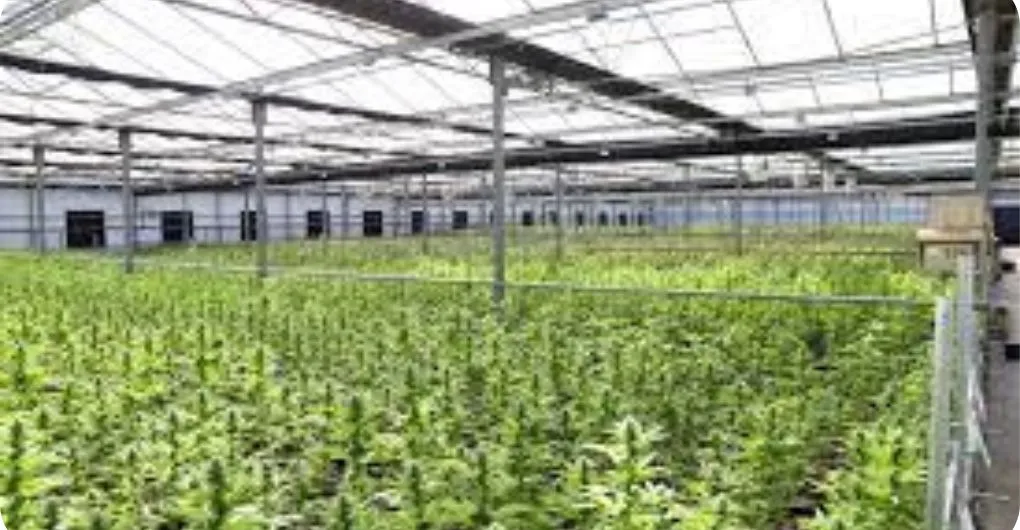
How to ventilate a greenhouse?
Step 1: Choose appropriate ventilation system
Choosing the appropriate ventilation system is the first step in venting your greenhouse. You can pick from a few various ventilation system types, such as mechanical ventilation, natural ventilation, or a hybrid of the two. The ideal choice for you will rely on the size, location, and financial limitations of your greenhouse.
The most economical method of ventilation is natural, which works by letting air flow through the greenhouse through vents or windows. Fans can be added to this to further aid with air circulation.
On the other hand, mechanical ventilation calls for the use of fans or other machinery to push air through the greenhouse. Although it would cost more, this alternative might be better at controlling humidity and temperature.
Step 2: Properly position your vents
It’s crucial to place your vents appropriately after selecting your ventilation system. Position the vents on the opposing sides of the greenhouse to allow for cross-ventilation. As a result, fresh air is distributed evenly throughout the area.
If you’re utilizing fans, you should also think about where to put them. To help circulate and spread the air properly, install fans close to the vents.
Step 3: Monitor the humidity and temperature
To adjust the greenhouse’s temperature and humidity conditions, proper ventilation is crucial. It’s crucial to constantly check these levels to ensure your plants are growing in the best conditions possible.
To determine the temperature and humidity levels, use a thermometer and hygrometer. You might need to improve ventilation or utilize shading to reduce heat if you discover that the temperature is too high. Perhaps you should use a dehumidifier or boost ventilation if the humidity is too high.
Step 4: Make necessary ventilation adjustments
Finally, it’s critical to make any necessary adjustments to your ventilation system. The temperature and humidity levels in your greenhouse can change due to weather changes or seasonal variations. You can ensure that your plants are flourishing in the best atmosphere by keeping an eye on these levels and modifying your ventilation system as necessary.
Greenhouse Ventilation Maintenance
Proper ventilation is critical for ensuring the health and growth of your plants. Neglecting maintenance can lead to a variety of issues, including poor air quality, high humidity levels, and damage to the greenhouse structure.
To keep your greenhouse ventilation system functioning at its best, it’s important to perform regular inspections. This involves looking for any wear-and-tear indicators on components such as fans, louvers, and ducts. Look for cracks, rust, or other damage that could impede airflow and compromise the effectiveness of your ventilation system.
If you’re using a polycarbonate greenhouse consider replacing it with plastic greenhouse, because of some problems with polycarbonate greenhouses.
Cleaning your ventilation system is also essential for optimal performance. Dirt and debris can accumulate on components, hindering airflow and reducing efficiency. Regularly cleaning components such as fans, louvers, and ducts can improve ventilation and promote healthy plant growth.
If you do identify any damaged components during your inspection, it’s important to repair or replace them promptly. Damaged components can cause further damage to the ventilation system and compromise the overall structure of the greenhouse. Repairing or replacing damaged components can prevent more extensive and expensive repairs down the line.
Greenhouse ventilation calculator
A greenhouse ventilation calculator is a useful tool that can assist you in determining the appropriate amount of ventilation needed for your greenhouse, based on variables like temperature, humidity, and crop type.
You can maximize the amount of fresh air that enters your greenhouse and create an environment that encourages healthy plant growth by utilizing a greenhouse ventilation calculator. In turn, this can increase agricultural production and lower the danger of plant diseases. To calculate greenhouse ventilation calculation, you can go to this website.
Source: Greenhouse Catalog
Final thoughts on do greenhouses need ventilation?
As we wrap up this article do greenhouses need ventilation, it’s important to remember that the health of your plants is directly tied to the quality of the air they breathe.
By implementing the techniques we’ve discussed, such as using fans, side vents, or an automatic ventilation system to circulate air and control humidity levels, you can create an environment that promotes robust plant growth and yields. Although it requires effort the result will surely benefit you. If you have any other questions, ask me in the comments. Thank you!
If you’re interested in growing plants and vegetables in your greenhouse consider growing tomato plants. Read my guide on:
How to string tomatoes in a greenhouse?

